The Health Benefits of Beans

Key Takeways
They're an excellent way to bulk up soups and stews, taste delicious with rice and make a great side dish to almost any meal. You can eat them baked or roasted, red or black—if you haven't figured it out yet—we're talking about beans. Beans may not be at the top of your grocery list, but they're pretty popular. The US is actually a global leader in the production of dry beans, and they're a staple food in diets across the world. Along with peas and lentils, they form a class of vegetables known as legumes. Beans are a great source of plant based protein.
On January 6 every year, America celebrates this food—yes, there's an entire day dedicated to beans! But it's not because of all that dry bean production we just mentioned. Some sources say the day commemorates German geneticist Gregor Mendel, who famously used beans to develop genetic theories.
Whatever the reason for the day's existence, it's a good time to revisit the humble bean. They have a wealth of health benefits, provide a good source of vegetarian protein, are a low glycemic source of carbs and offer essential minerals, like iron. They may help with digestion due to their fiber content, and have been shown to improve blood pressure while supporting heart health. Not to mention one study has shown they may help with better glucose control in type 2 diabetics, along with lowering their risk of heart disease.
Before we dive into some of the specific health benefits of different types of beans, let's look at a few more facts.
What You Need to Know About Beans
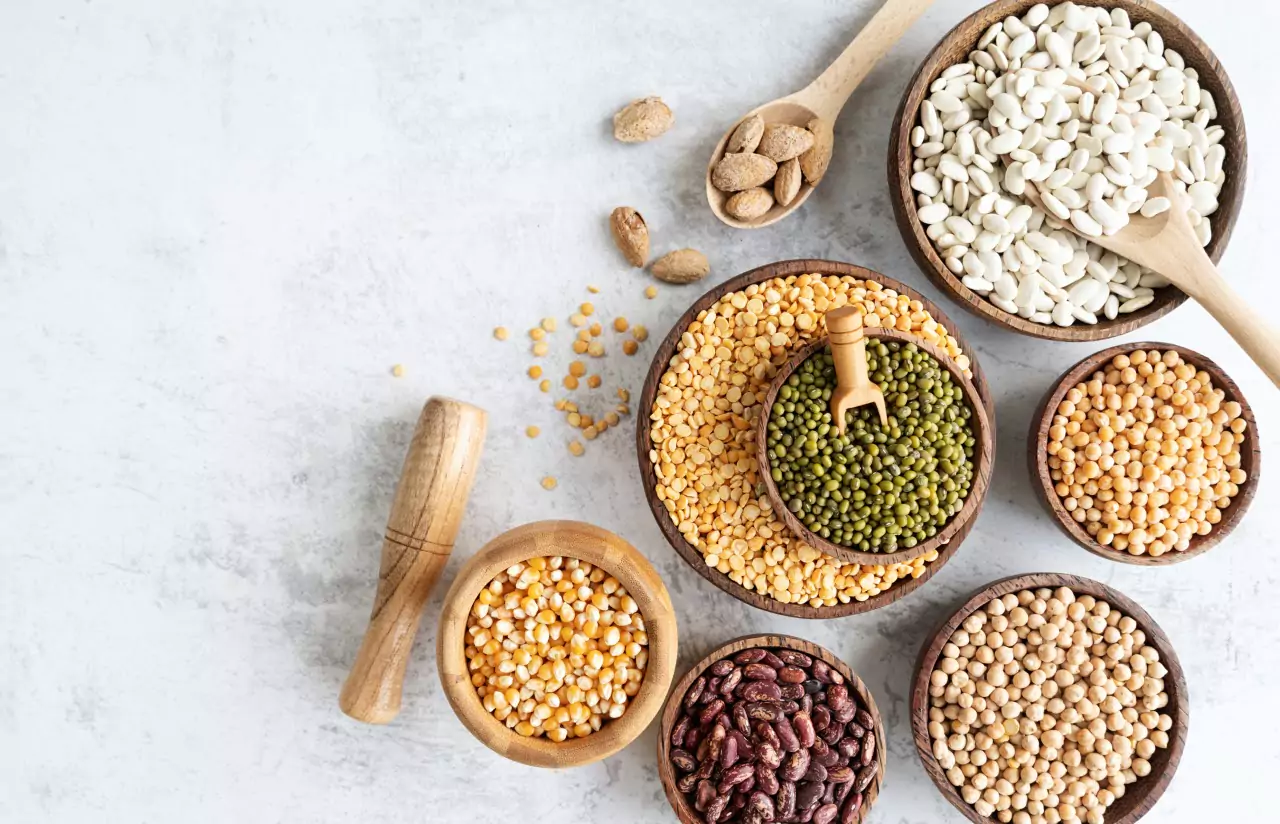
Beans, which typically grow in pods or capsules, are classified as legumes. They have a host of nutrients and health benefits. Depending on the type of bean, they are rich in protein, potassium, starch, minerals, and vitamins. They also contain a wide variety of phytochemicals, antioxidants, and flavonoids that may play an essential role in preventing cardiovascular disease, obesity, diabetes, and cancer.
Overall, legumes have been shown to help reduce cholesterol levels, decrease blood sugar levels, and improve our gut health. And like beans, all legumes have high levels of dietary fiber, something that most Americans don't consume the required amounts of. Fibers are technically carbohydrates, but they don't break down into sugar molecules, unlike other carbs. You may know the plant-based nutrient as roughage or bulk, and a healthy diet should include some amount of fiber-rich foods—like beans.
Spilling the Beans on Their Nutritional Value

For those who choose not to or can't eat meat, beans are a great replacement since they're a good source of vegetarian protein. Beans are also an excellent source of prebiotics, mainly starch, which serves as a substrate for bacterial fermentation in your intestine. Complex carbohydrates, like starch and fiber, are the main component of beans - for example there is 45 g of carbs per cup versus 15 g of protein - in pinto beans.
Although beans only contain 2 percent of fats, a good portion of that is from polyunsaturated fatty acids such as omega 3 and omega 6. These may positively influence your cardiovascular system and prevent issues like hypertension and diabetes. One of the best types of beans for polyunsaturated fatty acids is kidney beans.
They're rich in iron and calcium and have several essential amino acids that your body can't produce independently.
Another reason you should be eating beans? Their vitamin content! They contain B vitamins, such as folic acid (vitamin B9), which is an essential nutrient that supports biological functions like blood cell production (which can prevent anemia). Then there are vitamins A and C, which can support immune health, vitamin E which has anti-inflammatory properties and vitamin K for bone health.
In a nutshell, this nutritious food contains several health benefits. It may lead to a lower risk of chronic diseases and illnesses, including type 2 diabetes, heart disease, obesity, and cancer. They are also a great food that can help with weight loss, improve gut health and help boost immunity.
Some of the Drawbacks
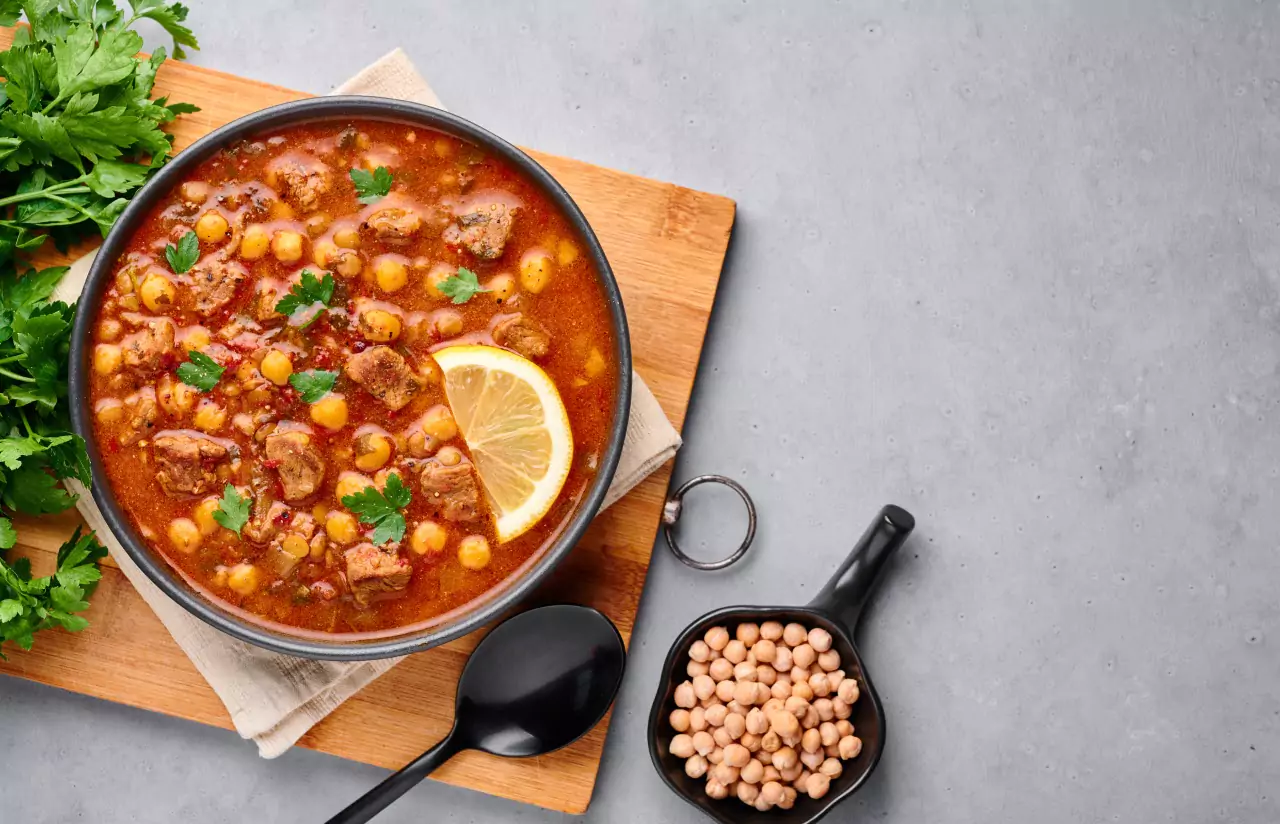
So, it's safe to say beans are pretty popular, economical, have several health benefits, and are an excellent source of various nutrients. But even with all their advantages, they can't be all good, right? One thing to consider is that regardless of their protein and fiber content, there's no one-size-fits-all for nutritious foods. For some, beans may be a superfood that can help lower blood sugar and the risk of heart disease. For others, they may be less effective.
And, of course, one of the more well-known side effects of eating beans is that they can lead to flatulence. The gas is caused by the high fiber content that resists digestion and ends up in the colon, where bacteria break it down and produce gas, resulting in bloating in some people.
Beans also contain a high amount of resistant starch. Resistant starch can be an excellent prebiotic. Still, in high amounts, this can also lead to intestinal discomfort, abdominal cramping, and gas in some people. So, if you choose to increase your bean consumption having adequate hydration and movement may help with easing digestion discomfort.
Another way to prevent gastrointestinal problems can be to soak the beans before cooking them, as this can help dissolve the starches. While beans are a high-protein food, they don't contain all the essential amino acids that your body needs, so it's necessary to balance your diet with other protein sources.
The Healthiest Beans and their Health Benefits

There are just so many different types of beans, it would be overwhelming to give you a comprehensive list of them all. There's everything from navy beans, soybeans, and pinto beans to edamame, kidney beans, and chickpeas. And they're all pretty nutritious! But some could be a tiny bit more nutritious than others. We're going to focus on white or haricot beans, red kidney beans, black beans, pinto beans, black-eyed peas, and Garbanzo beans. Here's some information about
White Beans
White beans, are rich in protein, folic acid, iron, B vitamins, and magnesium, making them a pretty good addition to your diet. These beans may also help with lowering blood sugar and cholesterol levels.

Kidney Beans
Kidney beans are one of the most popular types of beans and an excellent source of fiber. They can help reduce blood glucose levels. They're composed primarily of carbohydrates, which your body digests slower. Because they slow the absorption of sugar into your bloodstream, red kidney beans, in particular, could be a good option for diabetics.
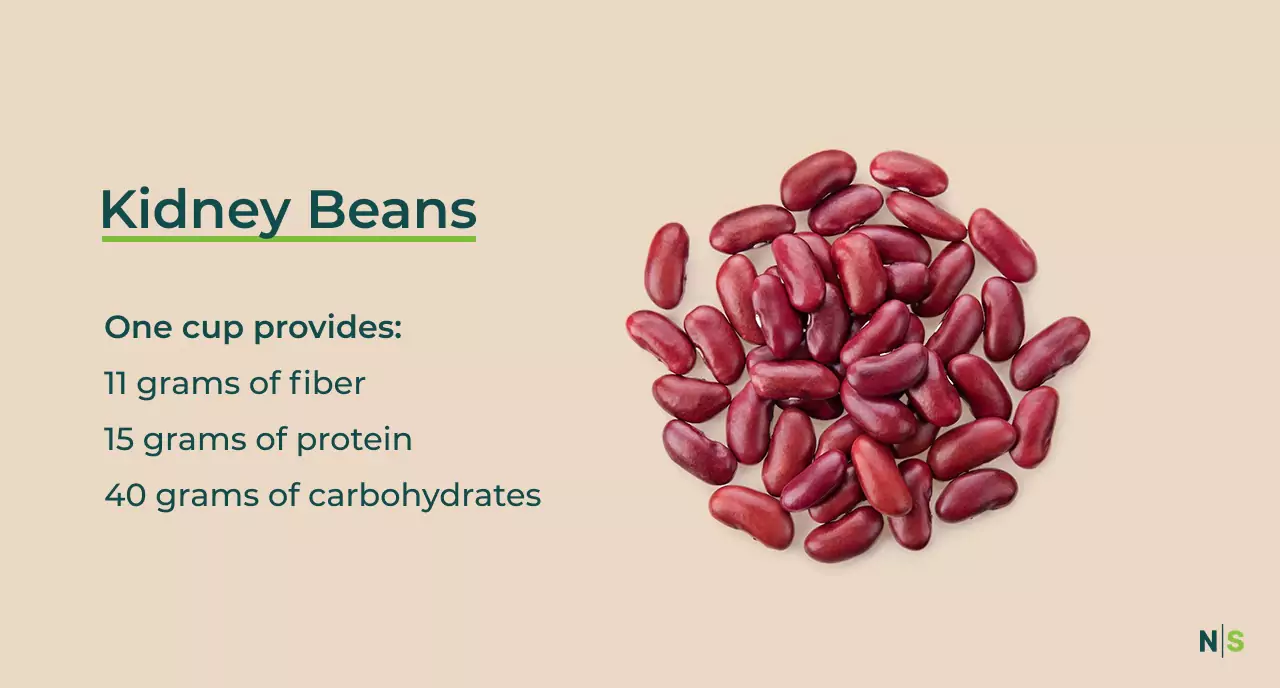
Black Beans
Black beans, like all legumes, are a great source of protein and contain essential vitamins. They can be a great addition to your diet as they have high levels of calcium and phosphorus, which are vital for bone structure and overall wellness.

Pinto Beans
Pinto beans are also a great source of protein and are high in fiber content. They are rich in vitamin B1, which is particularly beneficial because it helps your body convert food into energy.
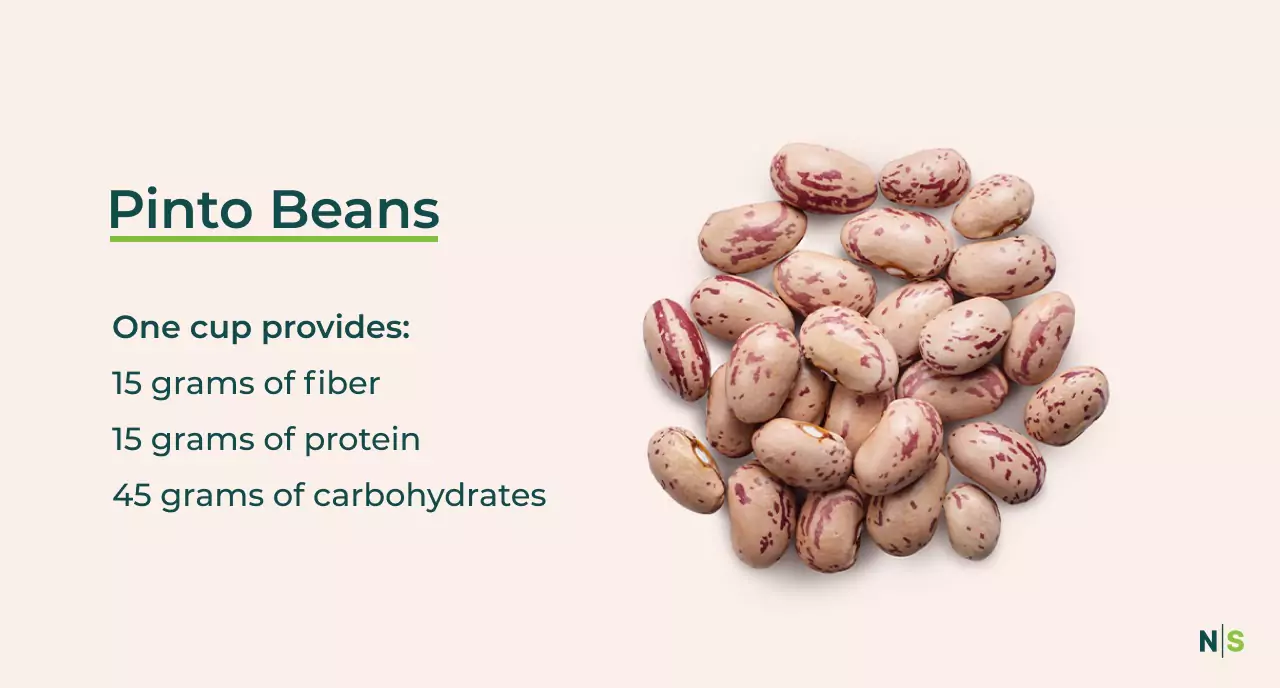
Black-Eyed Peas
Black-eyed peas, also called black-eyed beans, are rich in folate. Folate is beneficial for pregnant women, making beans - especially black eyed peas - a great addition to a healthy prenatal diet. Also, for anyone looking to manage their weight, beans can be helpful, due to their protein and fiber content. They do this by reducing the levels of ghrelin, the hormone that is responsible for stimulating hunger.

Garbanzo Beans
Garbanzo beans, also known as chickpeas, are (like most beans are if you haven't caught on already!) a great source of protein and fiber. You're likely consuming a lot of chickpeas in your hummus, but they're also a great side dish, salad, or roasted snack. This legume is also a good source of the mineral manganese and folate. As with most beans, they're not only high-protein but also low calorie, and so are another helpful bean when it comes to weight loss.
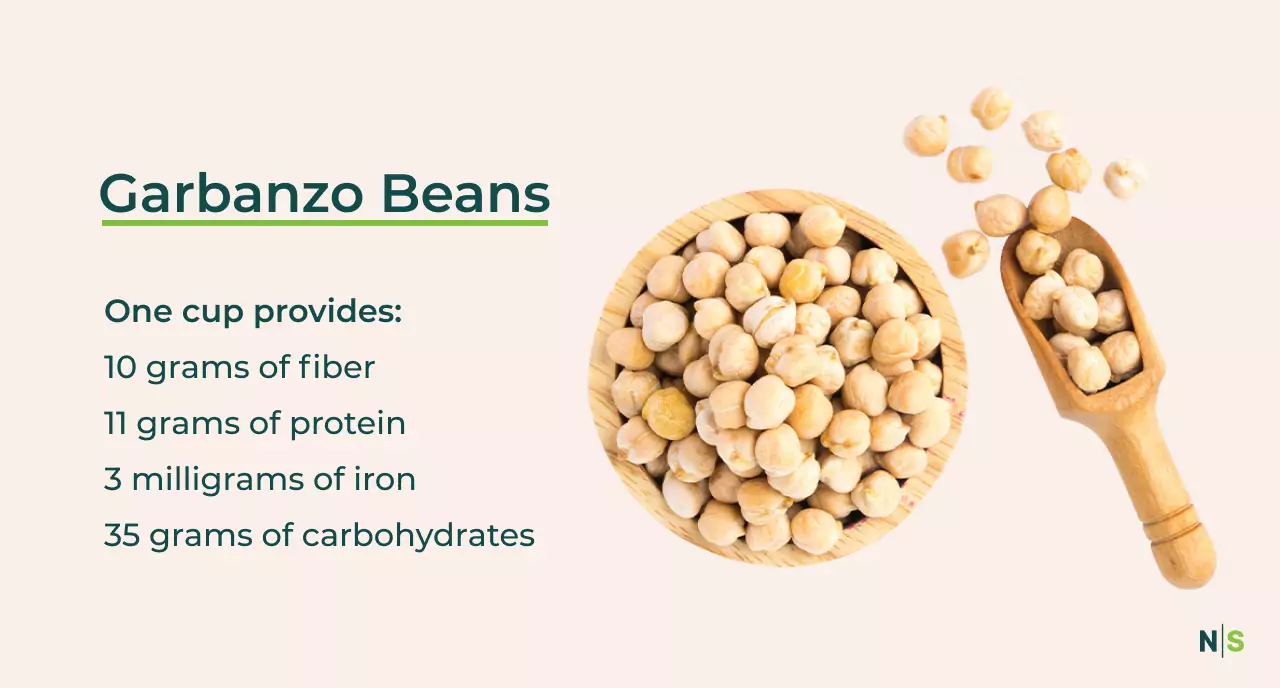
How Many Beans is Too Many?
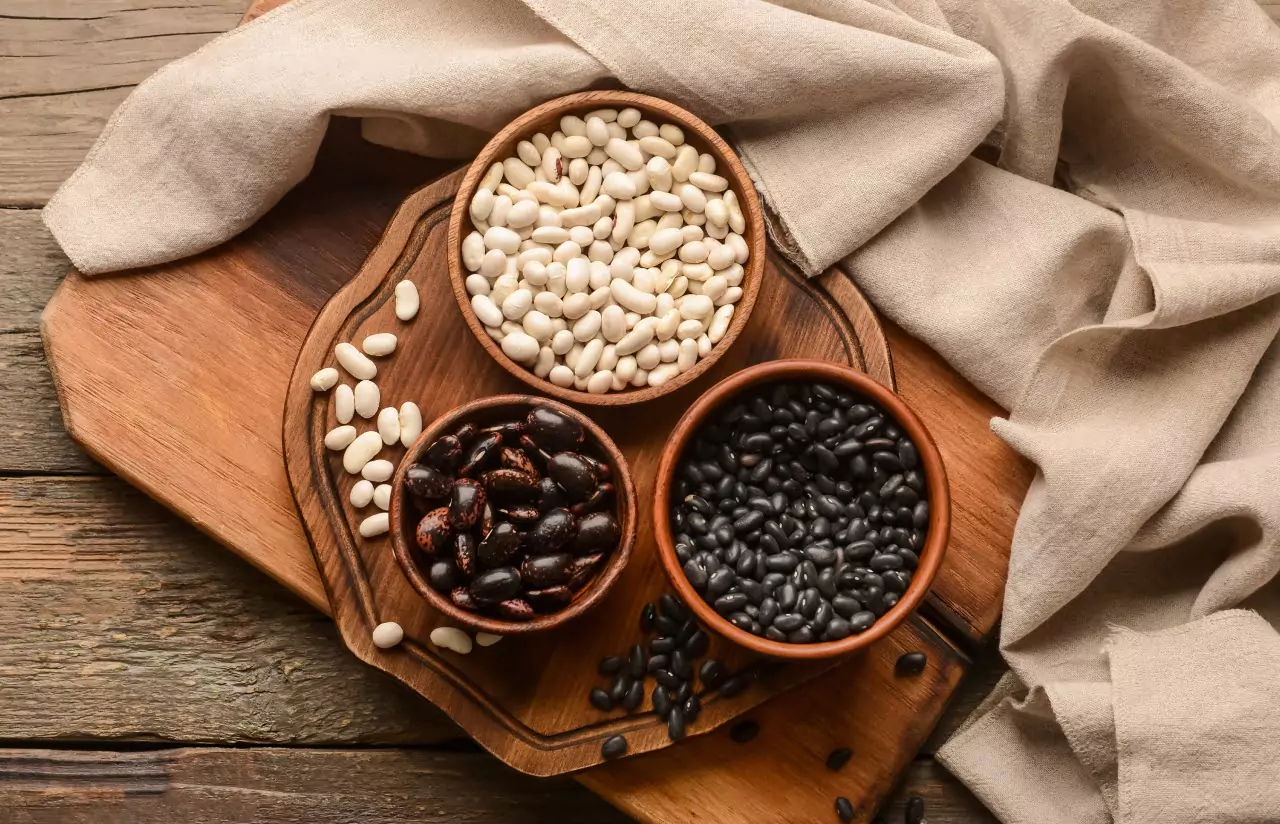
With all that protein and fiber content, we're sure you're already adding beans to your grocery list for this month. But is there such a thing as too many beans? Maybe! Because of the high levels of plant protein, vitamins, and minerals, beans usually fall under the category of protein-rich foods.
Beans are classified as part of the protein foods group due to the high levels of plant protein and other essential vitamins and minerals. The U.S. Department of Agriculture recommends consuming at least three cups of legumes per week. For example, if you're on a 2000 calorie per day diet, the recommendation is to consume a half-cup of legumes (like beans) per day.
Remember that healthy eating patterns include a variety of food types. Like any food, how much and what type of legumes you should consume will depend on various factors.
Find the right Nutrisense programto turn insight into progress.
Go Beyond Glucose Data with Nutrisense
Your glucose can significantly impact how your body feels and functions. That’s why stable levels are an important factor in supporting overall wellbeing. But viewing glucose isn't enough. Nutrisense, you’ll be able to learn how to use your body's data to make informed lifestyle choices that support healthy living.
One-to-one coaching
Sign up to access insurance-covered video calls to work with a glucose expert: a personal registered dietitian or certified nutritionist who will help tailor your lifestyle and diet to your goals.
Monitor and measure what matters
With the Nutrisense CGM Program, you can monitor your glucose with health tech like glucose biosensors and continuous glucose monitor (CGM)s, and analyze the trends over time with the Nutrisense App. This will help you make the most informed choices about the foods you consume and their impact on your health.
Find your best fit
Ready to take the first step? Start with our quiz to find the right Nutrisense program to help you take control.

Natalie received her degree in Dietetics from Mansfield University and a Master’s in Clinical Nutrition from the University at Buffalo. Her career has included nutrition education and program development in her local community, adjunct faculty at several collegiate institutions, and clinical nutrition in both inpatient and outpatient settings.




